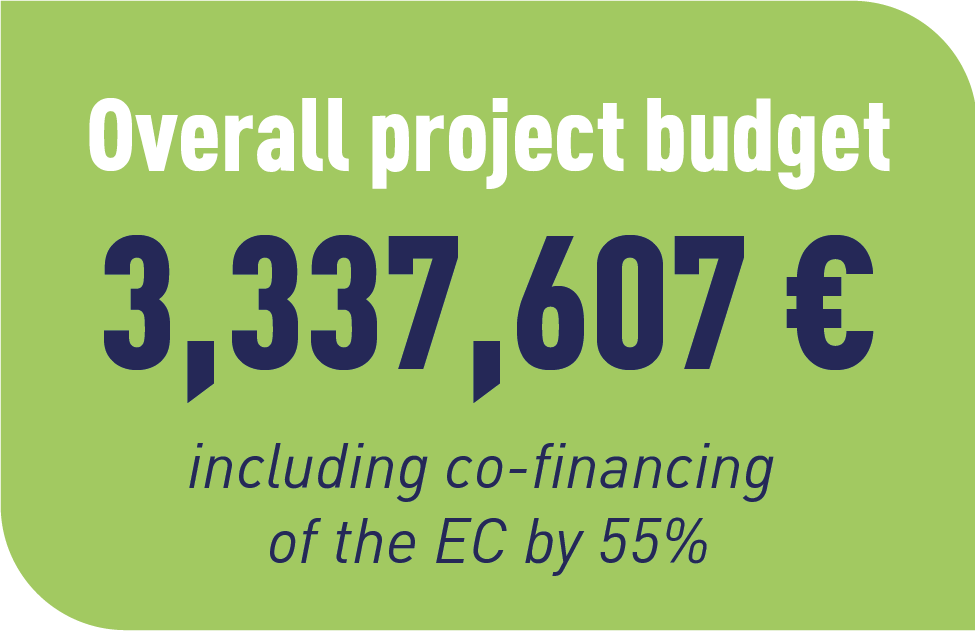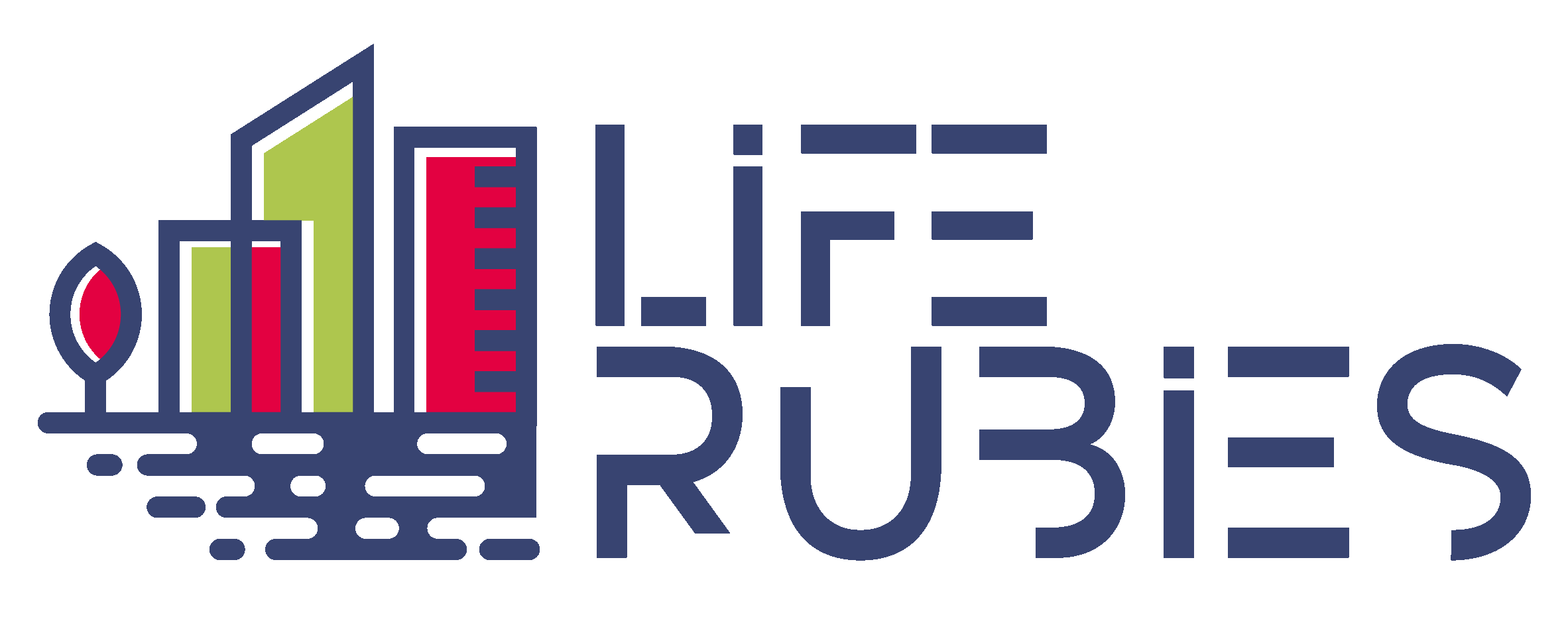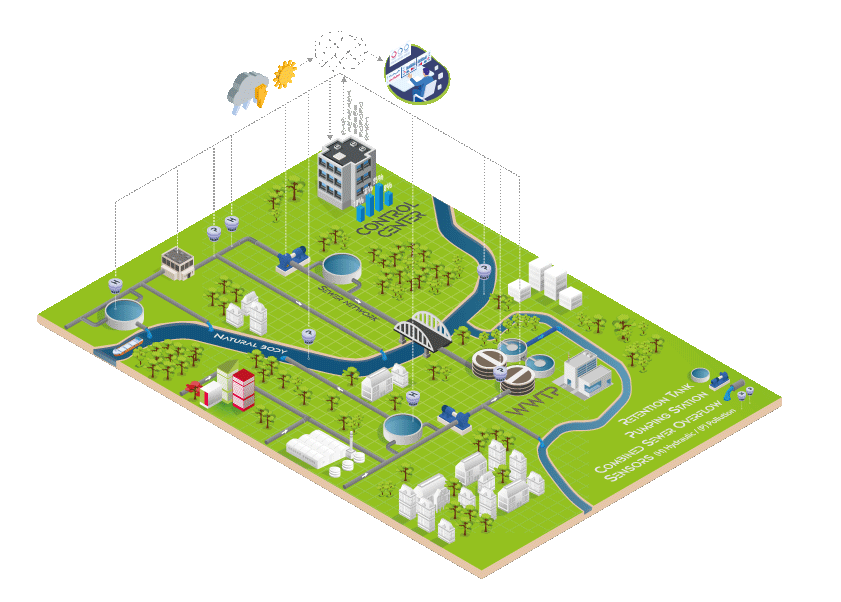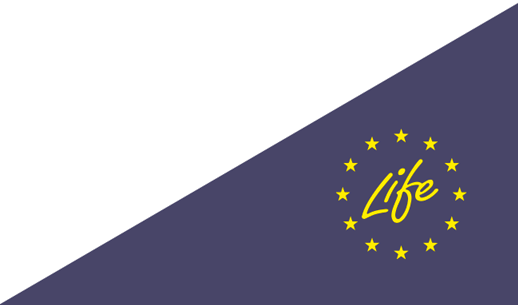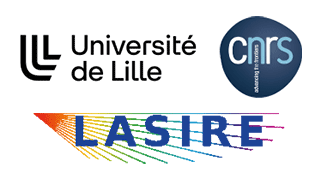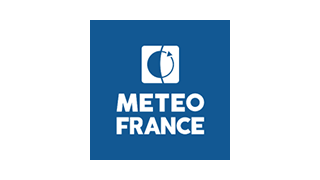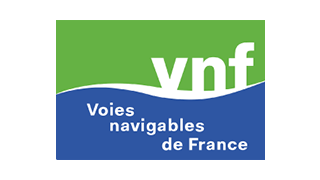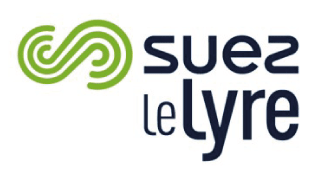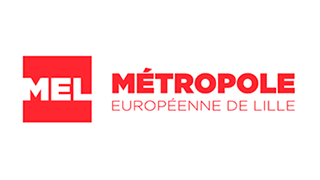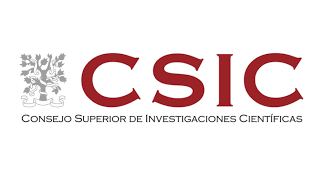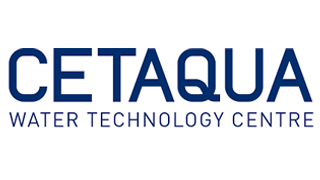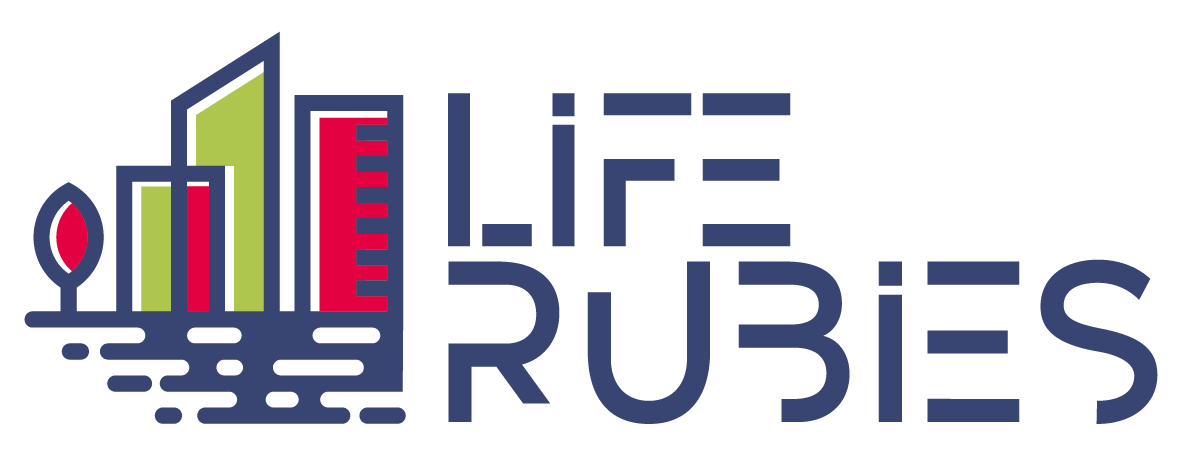What is a life project ?
The LIFE program is a financial instrument of the European Commission, dedicated to supporting innovative projects, private or public, in the fields of the environment and climate. The main objectives of the program are to support the transition to a sustainable and circular economy; protection, restoration and improvement of the environment; reversing biodiversity loss, accelerating sustainable development and halting ecosystem degradation; encourage green ideas.

The LIFE RUBIES project aims to develop and deploy in two cities an operational tool aimed at reducing the impact of urban wastewater on the natural environment by controlling water pollution in real time. Real-time control will make it possible to direct and store urban wastewater to avoid pollution by relying on the coupling of sensors, models and controllers.
It follows the LIFE EFFIDRAIN project (2014-2019) which made it possible to develop the concepts. Franco-Hispanic consortium of eight industrial (SUEZ, Aquatec, Canal de Ysabel II (Madrid water manager)), academic (University of Lille, CNRS, Consejo Superior de Investigaciones Científicas, CETAQUA) and public (MEL) partners.
Duration of 42 months with start in October 2021 on 2 pilot sites: Lille (France) and Madrid (Spain)
What are we trying to demonstrate
We seek to demonstrate that we can reduce the ecological footprint of urban areas by optimizing the use of existing infrastructure through real-time wastewater quality control. The objective is to reduce the discharge of polluted wastewater into the natural environment and to assess the resulting environmental benefit.
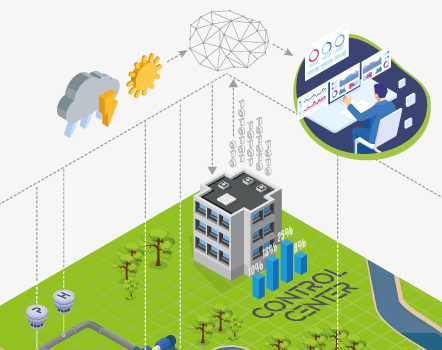
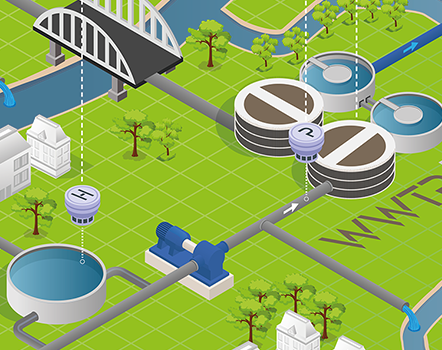
What are the project benefits ?
This approach is an alternative to the construction of storage basins and other concrete sanitation infrastructures which have a high financial and environmental cost. In fact, this approach makes it possible for a greater number of communities to reduce their environmental footprint.
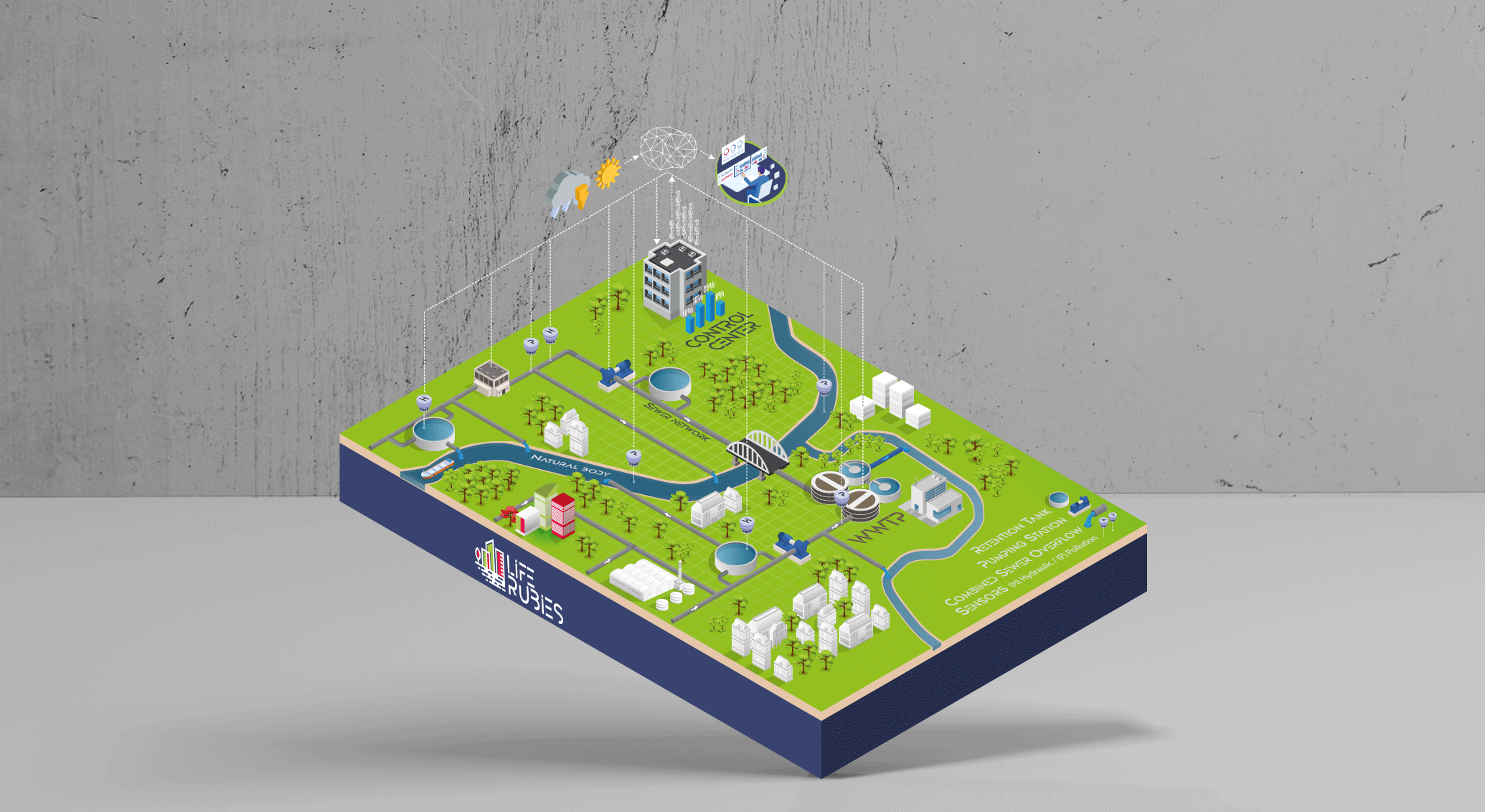
Who can this benefit ?
LIFE RUBIES will allow communities to improve with regard to the objective of good ecological status dictated by the European Commission’s Water Framework Directive. The objective is to improve the biodiversity around the rivers by reoxygenating, reducing nitrogen (toxic) and nitrates which have the effect of eutrophicating the rivers. The repopulation and improvement of the quality of waterways will also benefit various uses such as fishing, swimming or making other nautical activities possible. Finally, LIFE RUBIES participates in the protection of Europe’s water resources and in securing the supply of drinking water to citizens.
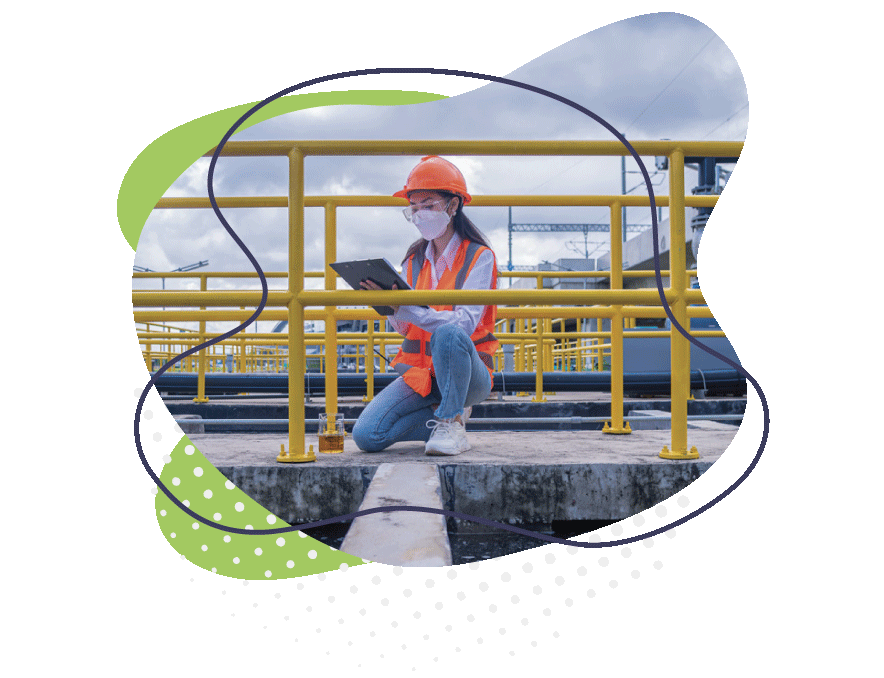
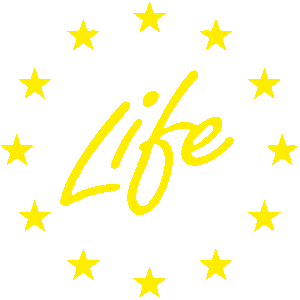
Why, in our opinion, has the project caught the interest of Europe ?
Europe has just commissioned an analysis of its framework directive on wastewater to take stock of the consequences. The study highlights the improvements it has generated in terms of pollution of aquatic environments. Considerable efforts have been made on wastewater treatment plants in recent decades, slowing down or even stopping the degradation of European rivers. The report emphasizes that despite these efforts, significant work is still to be done to reduce overflows from sewerage networks, particularly during rain events. These spills are a major source of pollution of natural environments for which room for maneuver is possible. This is exactly the subject addressed by LIFE RUBIES. This is why Europe has decided to once again support the developments proposed by LIFE EFFIDRAIN and LIFE RUBIES.
